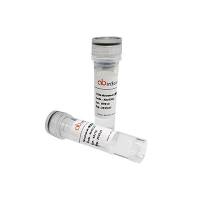Genetic Dissection of PARylation in the Filamentous Fungus Neurospora crassa
互联网
1070
PARylation is a posttranslational protein modification carried out by PAR polymerases (PARPs). These enzymes function as ADP-ribose transferases that add polymers of ADP-ribose (PAR) to target proteins. PARP proteins have critical functions impacting the aspects of normal human health, such as aging, as well as disease development, particularly cancer. Recently, the powerful antitumor PARP inhibitor Olaparib was shown to be effective in blocking the progression of BRCA1/2-associated tumors, prompting Bruce Alberts to call for an expansion of cancer research beyond utilization of cancer cell lines to include model organisms, such as bacteria, yeast, worms, flies, and mice. Although Dr. Alberts did not specifically mention the filamentous fungus Neurospora crassa , it is now known that Neurospora is the only genetically tractable model eukaryote with completely dispensable PARylation. PARylation in Neurospora can be entirely eliminated by disruption of a single predicted ORF, encoding a nuclear localized PARP protein termed Neurospora PARP ortholog (NPO). We, thus, present this initial genetic characterization of PARylation in N. crassa as evidence of the supreme advantage of using Neurospora as a tool for the genetic dissection of PARP and PARylation and emphasize the power of this system to advance unparalleled contributions to knowledge in this field.









